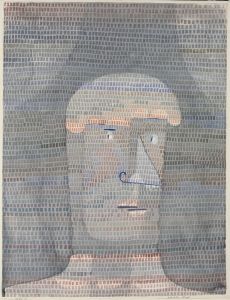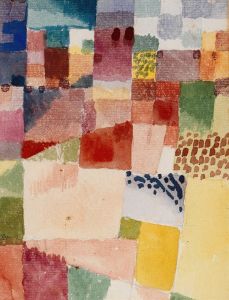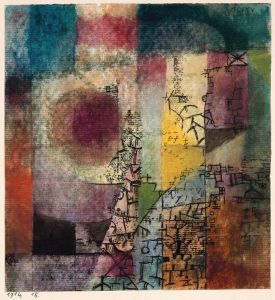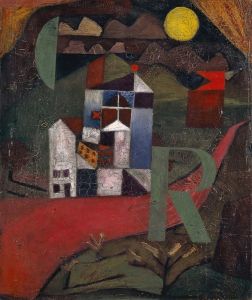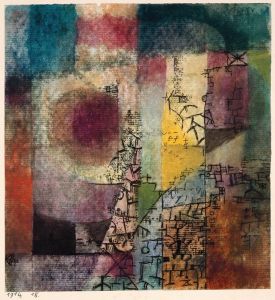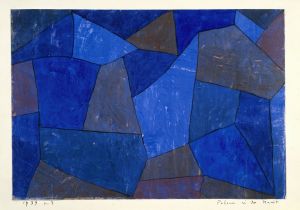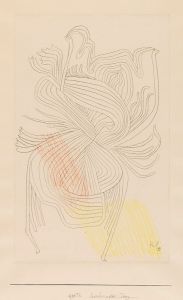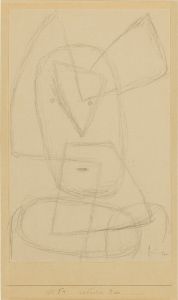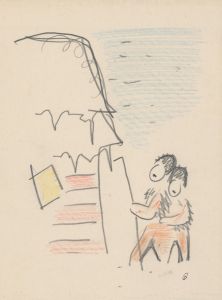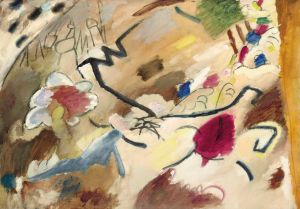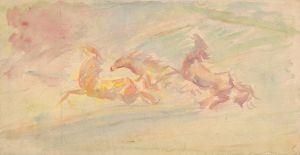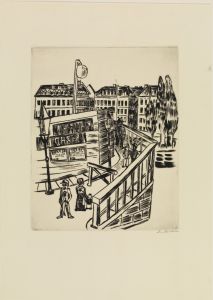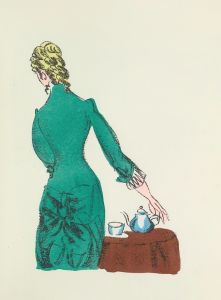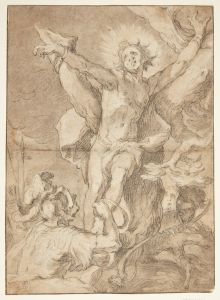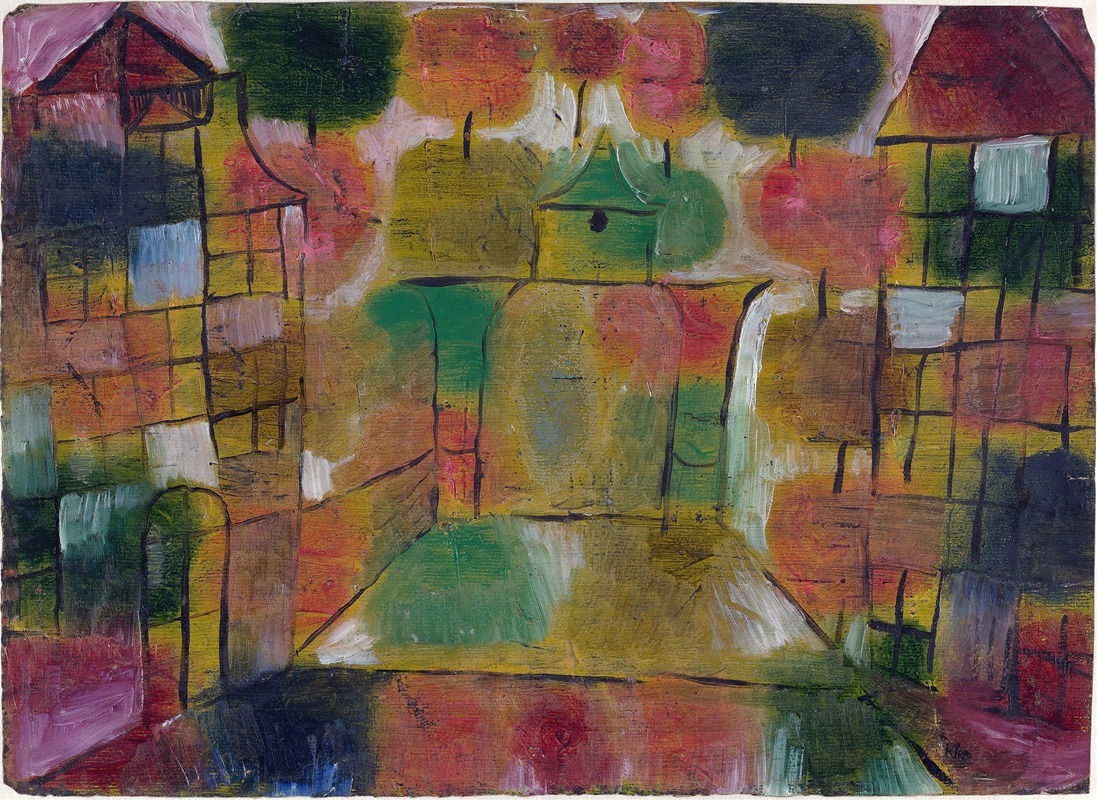
Baum und Architektur–Rhythmen
A hand-painted replica of Paul Klee’s masterpiece Baum und Architektur–Rhythmen, meticulously crafted by professional artists to capture the true essence of the original. Each piece is created with museum-quality canvas and rare mineral pigments, carefully painted by experienced artists with delicate brushstrokes and rich, layered colors to perfectly recreate the texture of the original artwork. Unlike machine-printed reproductions, this hand-painted version brings the painting to life, infused with the artist’s emotions and skill in every stroke. Whether for personal collection or home decoration, it instantly elevates the artistic atmosphere of any space.
Paul Klee was a Swiss-born artist and a notable figure in the development of modern art in the early 20th century. His work is known for its unique style that combines elements of expressionism, cubism, and surrealism. Klee's art often features a playful use of color and form, and he was deeply influenced by his experiences with music, nature, and his own philosophical reflections on art and life.
"Baum und Architektur–Rhythmen" (translated as "Tree and Architecture–Rhythms") is one of Klee's works that exemplifies his exploration of abstract forms and the interplay between natural and man-made structures. Although specific details about this particular piece are limited, it is consistent with Klee's broader body of work, which frequently incorporates themes of nature and architecture.
Klee's artistic journey was heavily influenced by his time at the Bauhaus, a revolutionary art school in Germany where he taught from 1921 to 1931. The Bauhaus was known for its innovative approach to art, design, and architecture, emphasizing the integration of artistic disciplines. Klee's teaching and artistic output during this period were marked by a focus on color theory, form, and the relationship between art and the natural world.
In "Baum und Architektur–Rhythmen," Klee likely explores the rhythmic patterns found in both trees and architectural forms. This theme aligns with his interest in the underlying structures of the natural world and his belief in the interconnectedness of all things. Klee often used geometric shapes and lines to represent these ideas, creating compositions that evoke a sense of harmony and balance.
Klee's work is characterized by its use of a limited color palette, often employing earthy tones and muted shades. This approach allows the viewer to focus on the structural elements of the composition and the dynamic interplay between different forms. In many of his works, Klee sought to capture the essence of his subjects rather than their literal appearance, inviting viewers to engage with the deeper meanings and emotions conveyed through his art.
Throughout his career, Klee produced over 9,000 works, each reflecting his innovative approach to art-making. His legacy continues to influence contemporary artists and is celebrated for its contribution to the development of modern art. Klee's ability to blend abstraction with a sense of whimsy and depth has secured his place as one of the most important artists of the 20th century.
While specific information about "Baum und Architektur–Rhythmen" is scarce, it remains an example of Klee's enduring fascination with the rhythms of nature and the built environment. His work encourages viewers to look beyond the surface and consider the deeper connections between art, nature, and human experience.





